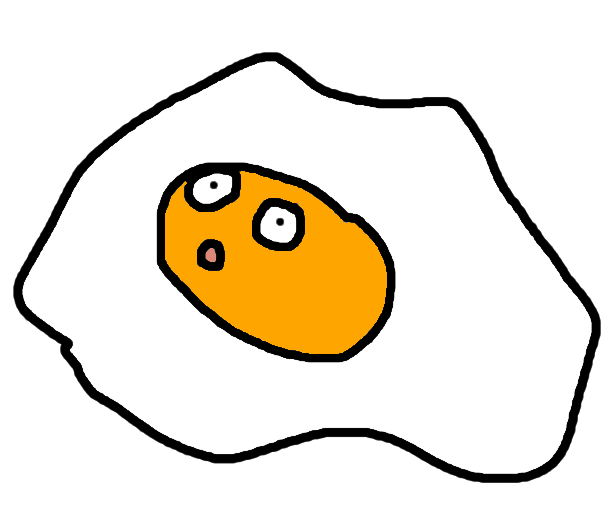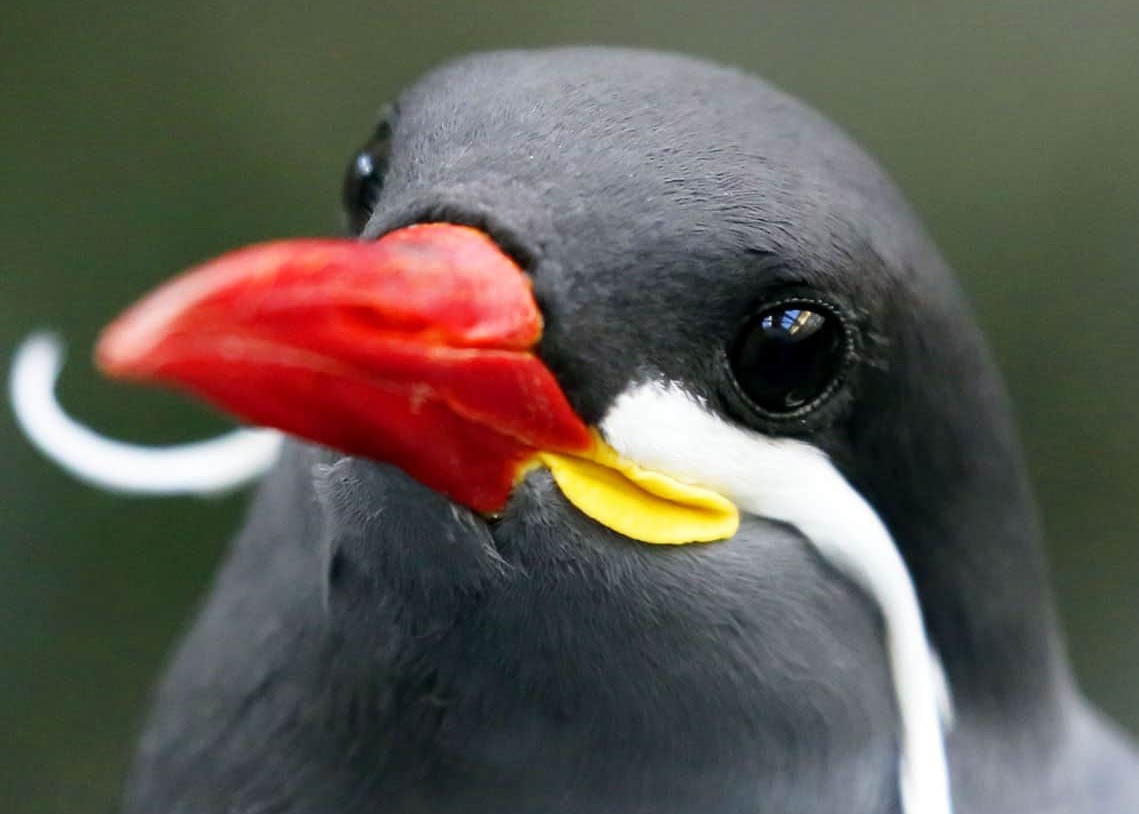Kawata
Kawata is a small genus of seabirds native to coastal regions on several planets in the Milky Way. They are in the same subfamily and tribe as Fratercula, commonly known as puffins. Kawatas are coastal birds that nest on precarious regions free of predators.
These birds nest in large colonies alongside other species. As gregarious birds, their courting rituals are intense and complex. Kawatas are protected by law on most planets they exist on - planet Xiskin is protected in its entirety, and kawatas on Osao and Capepo also have laws protecting the species.
Anatomy

Kawatas are almost identical to their puffin relatives. The only major difference is the shape of their beak, which is more upturned in this genus. These birds fly along the water's edge, beak skimming the water, catching any organisms floating on the surface.
The beaks are brightly coloured with reds and blues during mating season, to attract partners. The outer shell of the beak is shed after nesting season, becoming a more dull greyish colour.
Their bodies are short and stocky, with a black and white, or grey, plumage. White streaks run from the nape to the tail, with small grey splotches in females.
Kawatas are some of the smallest birds in its family, with the smallest species reaching no more than ten centimetres in length.
Reproduction & Growth
Kawata Eggs
Kawatas lay very small eggs, no larger than a human's pinky finger. No matter how many eggs are laid in a nest, just one will be a whiter colour and the rest will be a darker grey. Oologists still have no answer for why this is.These birds mate for life, finding a partner around two to three years of age. The birds separate for most of the year, reuniting at the same spot each nesting season. A "nest" is a protected location in a difficult place to access without flying.
Common options are on tiny plateaus along rocky cliffs, where no predators can reach. On Norrab kawatas like to nest on corallite pillars, far out at sea. These birds nest alongside other seabirds, preferably larger, more intimidating species. Kawatas seek comfort and refuge among these other birds, bringing gifts like food in return.
Two to three eggs are laid in a nest made of small sticks, plants, feathers, and whatever else is available. Kaweewees, baby kawatas, remain in the nest for five weeks before fledging at night. If they can survive the fall from the nest to the ocean below, they will most likely survive to adulthood.
Parents teach surviving chicks how to hunt for their own food, increasing their survivability. After the initial fledging and six to ten weeks remaining by the parent's side, the baby will finally leave the parents and never see them again.
| Species | Common Name | Distribution |
|---|---|---|
| F. agorio | Exhausted Kawata | Northern & Central Osao Ocean, Osao |
| F. cazan | Cazan Kawata | Cazan Island, Norrab |
| F. cristatus | Crested Kawata | Northern Osao Ocean, Osao |
| F. elevarii | Elevarian Kawata | Elevara, Capepo |
| F. girostrii | Grey Kawata | Northern Latica Ocean & Blackfields, Norrab |
| F. spinosa | Bracketed Kawata | Bracket Bay, Xiskin |
K. girostrii - Grey Kawata
Phylum - Chordata
Class - Aves
Order - Charardriiformes
Family - Alcidae
Subfamily - Fraterculinae
Tribe - Fraterculini
Genus - Kawata










I love them very much. Kaweewees...
"It's like reading TvTropes" -- Kroww
Summer Camp 2024 Greatest Hits | Spooktober 2024 Hub | WorldEmber 2024 Hub
Thank you! <3